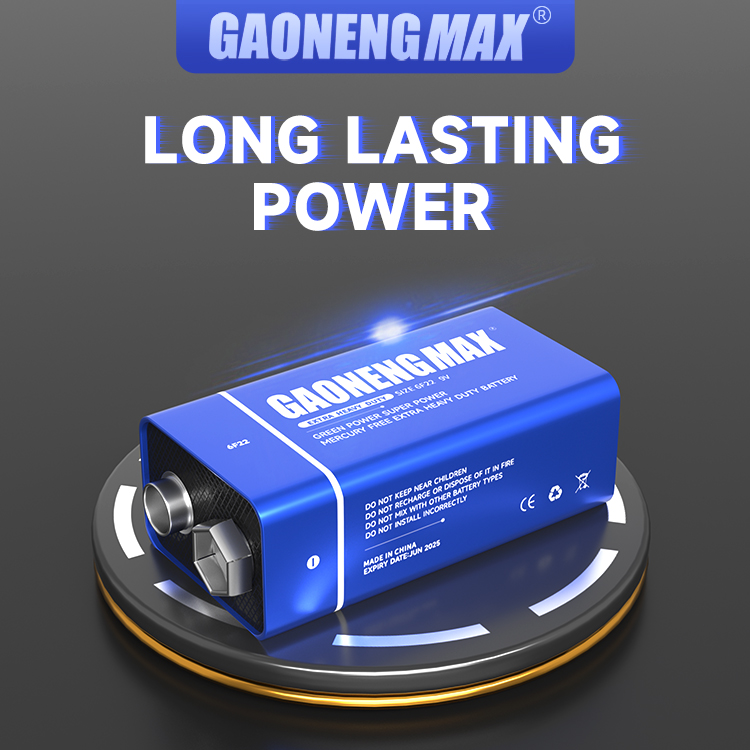

Since the formulation and development of the national standard for low-speed electric vehicles, the biggest contradiction for low-speed electric vehicles is whether the country's upcoming standards can meet market demand. Let’s call it “market theory”. For example: the cost of safety and technical standards will rise, and consumers will not buy it; about 95% of current low-speed electric vehicles use lead-acid batteries, and rejecting lead-acid batteries is a waste of money.
Low temperature lithium iron phosphate battery 3.2V 20A -20℃ charging, -40℃ 3C discharge capacity ≥70%
Charging temperature: -20~45℃ -Discharge temperature: -40~+55℃ -40℃ Supports maximum discharge rate: 3C -40℃ 3C discharge capacity retention rate ≥70%
In fact, the dispute over battery technology routes first appeared in the field of new energy buses. In 2016, Zhang Xiangmu, director of the Equipment Industry Department of the Ministry of Industry and Information Technology, said that because the safety development for buses was not yet mature, the use of ternary lithium-ion batteries in passenger buses was suspended. Enter the catalog of recommended models for the promotion and application of new energy vehicles. At this point, the debate over the battery technology route for new energy buses has also surfaced.
However, the focus of the discussion at that time was: whether ternary lithium-ion batteries are safe or not; the focus of the discussion on lead-acid battery pollution this time is: when it comes to battery technology, the market should be the judge.
The author believes that the focus of the dispute between the two is fundamentally different, which makes people sigh: the market is just a brick, and it can be moved wherever it is needed. It guides the important pollution issue of lead-acid batteries to the level of market competition for discussion, but in fact there is no inevitable connection between the two.
Battery technology roadmap: an unsolvable knot?
"Market Theory" points out that about 95% of current low-speed electric vehicles use lead-acid batteries. Rejecting lead-acid batteries is a waste of money, so the use of lead-acid batteries should not be banned.
Low temperature high energy density 18650 3350mAh-40℃ 0.5C discharge capacity ≥60%
Charging temperature: 0~45℃ Discharge temperature: -40~+55℃ Specific energy: 240Wh/kg -40℃ Discharge capacity retention rate: 0.5C Discharge capacity ≥ 60%
The environmental protection department and the traffic control department believe that when promoting low-speed electric vehicles, the use of lead-acid batteries may be ten times that of current cars. Without a complete recycling system and lead pollution control, bad consequences may occur.
Yang Yusheng, an academician of the Chinese Academy of Engineering, believes that every fuel vehicle uses a lead-acid battery, without exception, and there should be no double standards for low-speed electric vehicles. Fu Yuwuze, chairman of the Society of Automotive Engineering of my country, believes that lead-acid batteries can be used for a period of time, and giving a certain transition time is the best choice.
Some people in the industry pointed out that the current problem with lead-acid batteries is not pollution, but how to supervise them. The author agrees with the above point of view, but unfortunately, lead exceeds the standard in many places across the country, and the management of lead-acid batteries has just begun. If lead-acid batteries are used in large quantities, it will undoubtedly make things worse. Perhaps one of the keys for low-speed electric vehicle companies to use lead-acid batteries is to explore how to effectively avoid pollution problems at this stage, or to gradually open up the use of lead-acid batteries while the management of lead-acid batteries is gradually improved. .
According to industry insiders, if all low-speed electric vehicles are replaced with lithium-ion batteries in the future, the average cost of each vehicle will be at least 5,000 yuan higher. The author believes that although the use of lithium-ion batteries will increase product costs, if the company adjusts its product strategy in a timely manner and upgrades its products, market demand may not be greatly affected.

Popular recommendation
LR1121 battery!Power battery research and development should be combined with the development trend
2023-10-08602248 polymer battery.Breakthrough in the synthesis of Wanxiang ternary high-nickel single crystal
2023-10-08aa alkaline battery.Understand the key points of the 18650 lithium battery pack process in one artic
2023-10-09Characteristics of lithium battery separator
2022-11-231.5v Alkaline battery.What is the production process of 18650 lithium battery?
2023-10-09902030 lipo battery.18650 lithium battery PACK process quality characteristics and welding precautio
2023-10-09AG Coin battery
2022-06-18no 5 alkaline battery!Breakthrough domestic technology for lithium battery separators
2023-10-08CR2032 battery.LM15721.5A500KHz switching power supply circuit
2023-10-08AG8 battery!Safety "core" is the foundation. Interpretation of Euler battery core technolo
2023-10-083.2v 20ah lifepo4 battery cell.The research and development of special high-nickel cathode materials
2023-10-08button battery cr1620.How to distinguish between energy storage lithium batteries and power lithium
2023-10-10